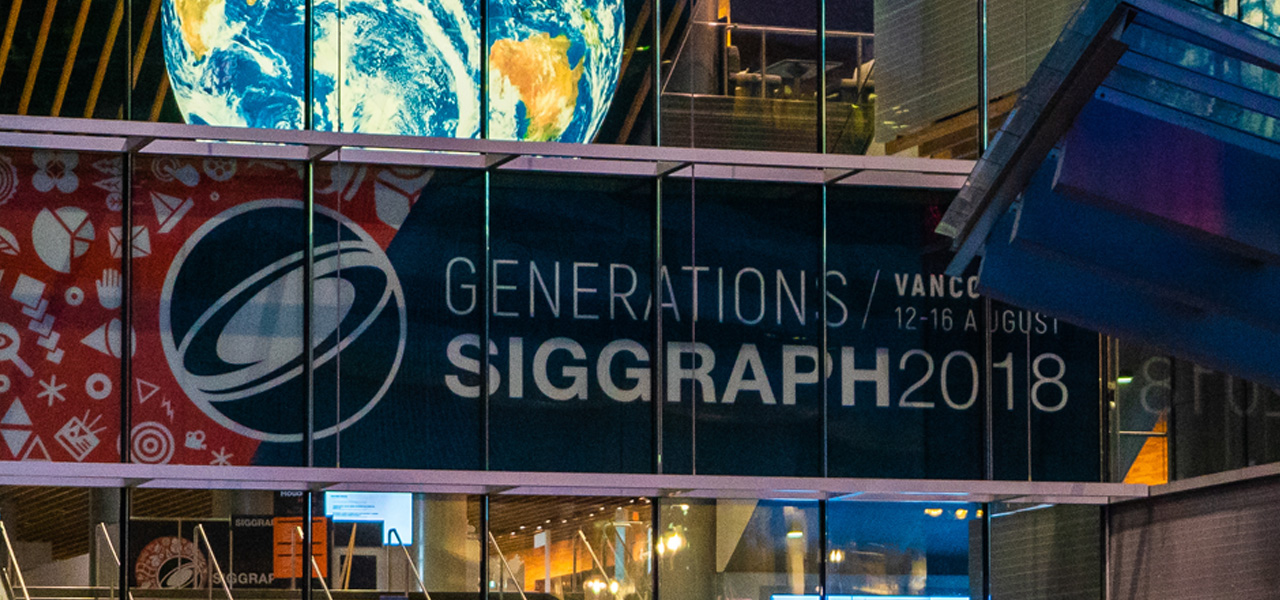
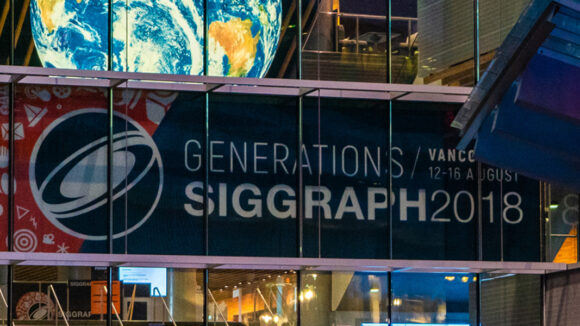
12 Cool New Pieces Of Animation Tech We Saw At SIGGRAPH 2018
There was a definite buoyancy in the air this year at SIGGRAPH, the annual conference designed to showcase the latest in computer graphics from academia and industry.
Around 16,500 attendees came to the event held last week in Vancouver, which continues to be a major hub for animation and visual effects. Next year the conference will return to Los Angeles, while in 2020 it’s headed to Washington D.C.
If you weren’t able to attend the conference this year, here’s a look at some of the products that were shown or announced, including new graphics cards, cg software, and ar/vr solutions.
Nvidia’s single GPU for real-time ray tracing
The announcement with perhaps the most attention at SIGGRAPH was Nvidia’s new Quadro RTX series of graphics cards. The GPUs feature what the company is calling ‘Turing’ architecture, which include artificial intelligence-like capabilities. The drawcard for artists: real-time ray tracing on a single GPU.
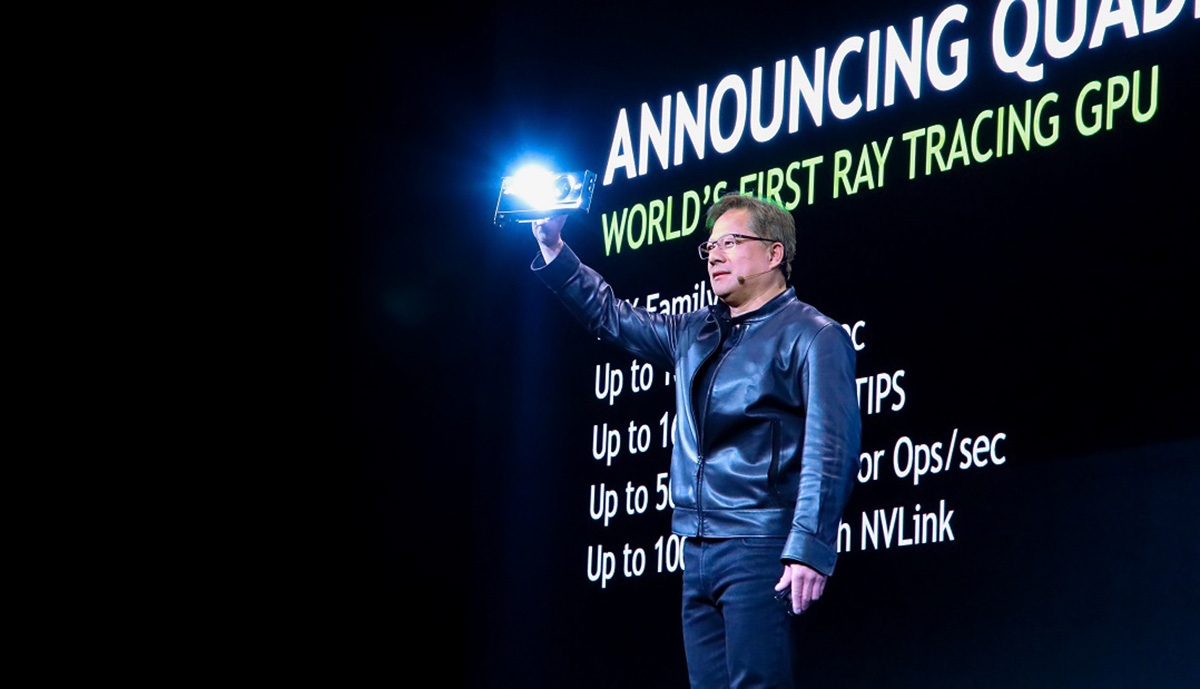
Chaos Group’s Project Lavina
Also in the realm of real-time ray tracing was a first-look at V-Ray renderer maker Chaos Group’s Project Lavina. The company showed off a tech demo of a complex forest scene – with 300 billion triangles – rendered in real-time.
StarVR’s new headset
Many may be familiar with the vr headset offerings from vendors such as Oculus and HTC, but at SIGGRAPH another player, StarVR, unveiled its commercial headset. It’s called the StarVR One HMD and features high resolution display (5.4 million pixels), the ability to run at 90 frames per second, eye tracking, and a field of view that’s intended to be almost 100 per cent of that of human vision.
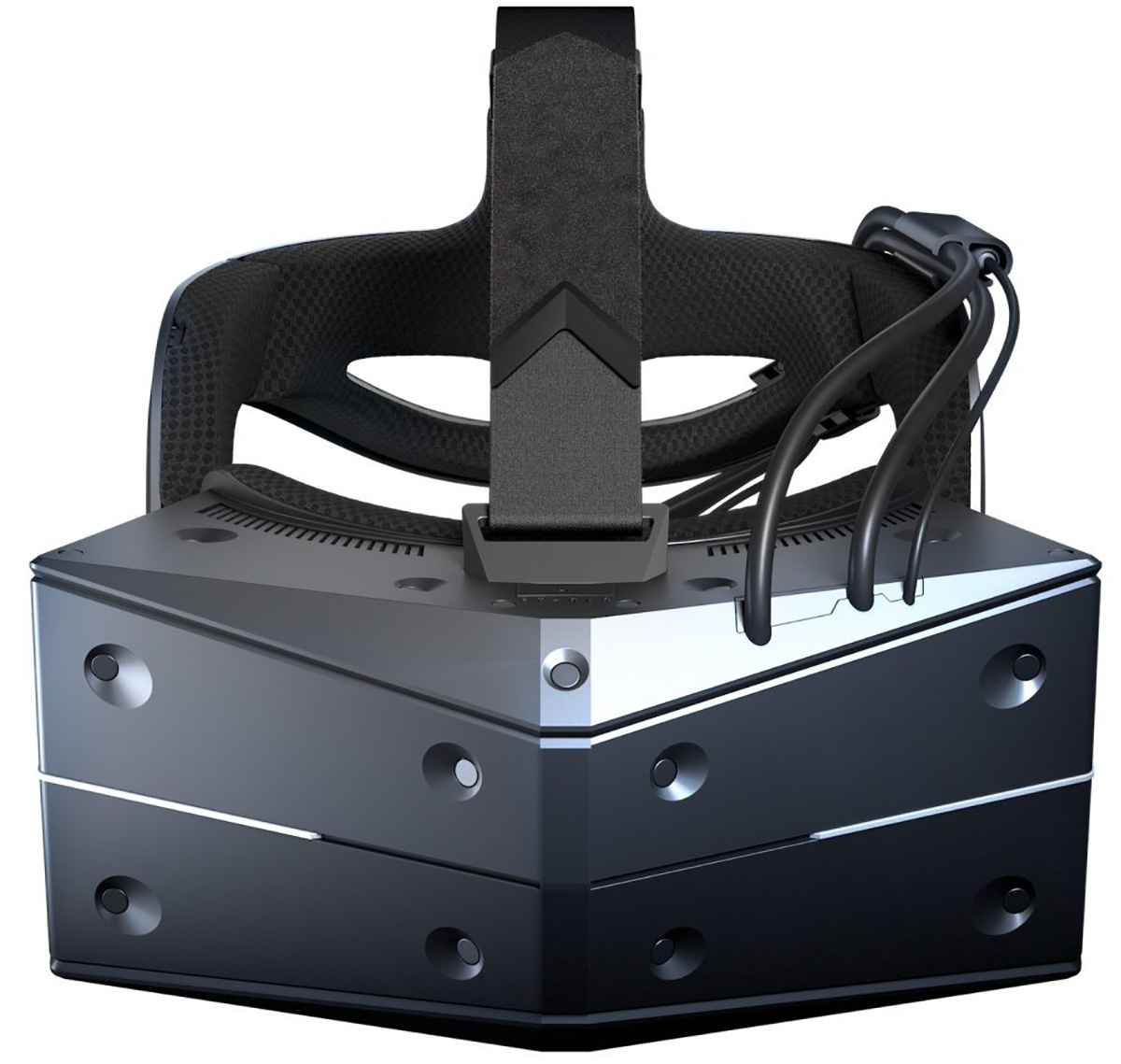
A.I. in Allegorithmic’s Substance
Allegorithmic’s Substance products are currently making major in-roads in the area of 3d texture painting. At SIGGRAPH the company demonstrated a new product, Alchemist, that is taking advantage of artificial intelligence to allow users to get material variants in image files for their textures. Jump to 31.43 in the video for the Alchemist demo.
A new approach to vfx budgeting with Curó
Vfx producer Joyce Cox debuted her newly developed cloud-based vfx budgeting tool called Curó at SIGGRAPH. Cox’s intention with the toolset is to move away from the ‘old-school’ Excel spreadsheet approach to vfx bidding and budgeting. Her toolset allows users to track, update, and revise shots and scenes through the vfx process.
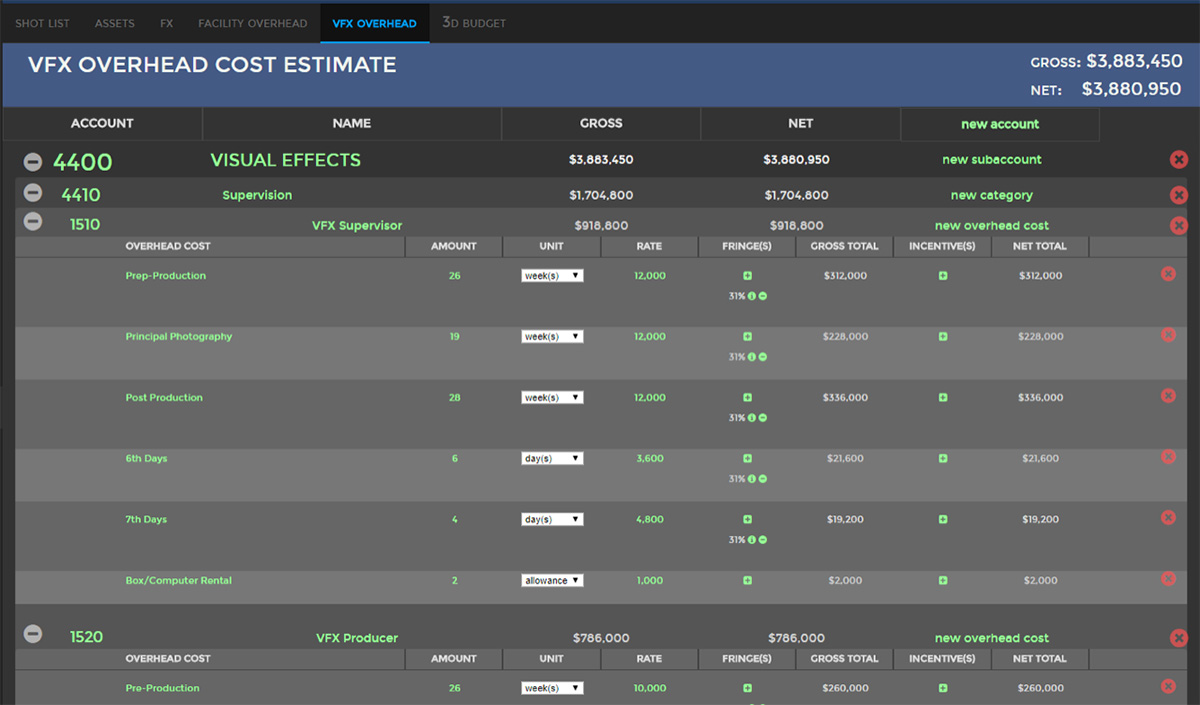
Vicon goes location-based
Motion capture equipment manufacturer Vicon unveiled Origin at SIGGRAPH, its location-based virtual reality system. It is made up of various tracking and optical technologies that are sold as a bundle to enable immersive entertainment experiences in bespoke volumes.
Physically-based character sims with Ziva
Ziva Dynamics, which makes simulation software that applies real-world physics to the muscles, fat, and skin of cg characters, launched Ziva VFX 1.4 at SIGGRAPH. Ziva has been used in some high profile major effects productions in recent times, including by Double Negative for Pacific Rim Uprising and Sony Pictures Imageworks for The Meg. The tool is a plugin for Autodesk Maya.
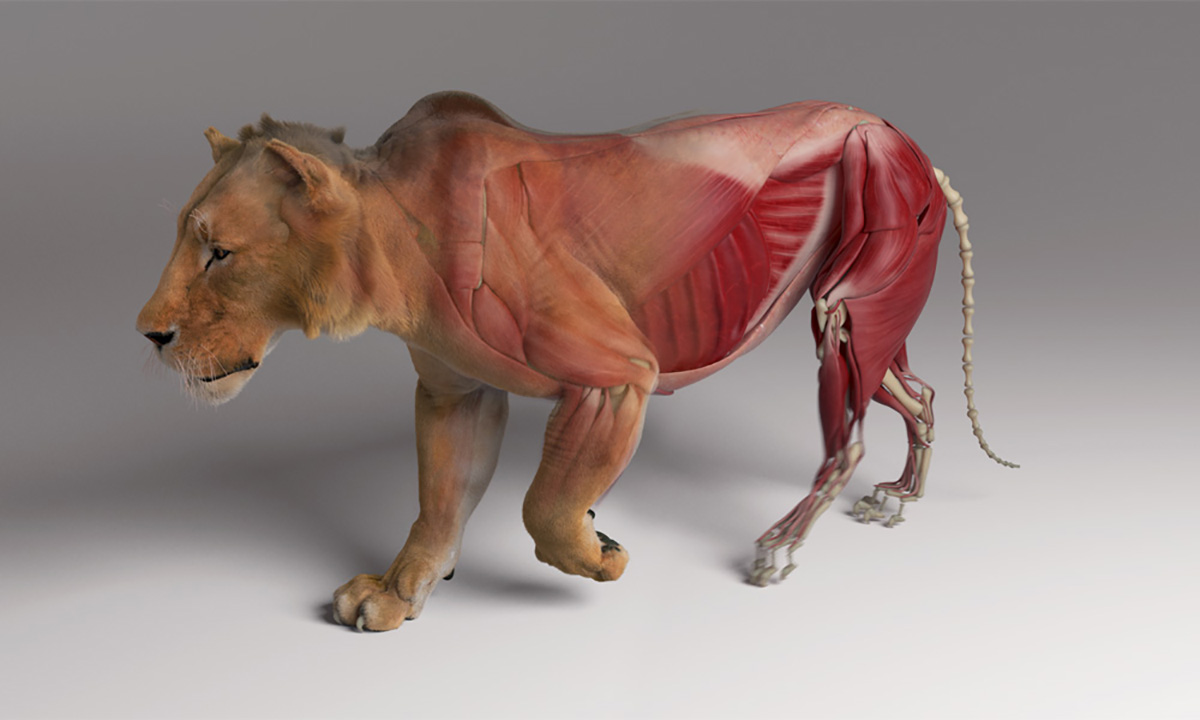
Reallusion: mocap with your iPhone
Face tracking solutions using smart phones were part of several technologies shown at SIGGRAPH, but one that seemed particularly accessible was Reallusion’s Live Face for iPhone X. Reallusion is also the maker of Character Creator and iClone Motion Live. When Cartoon Brew tried out Live Face, a 3d character head moved and performed lip sync simply from our facial movements live in front of an iPhone. The company says this kind of performance can also be combined with body motion capture from just about any mocap tool to create entire 3d characters.
Isotropix’s Clarisse Builder for complex scenes
The complexity of visual effects shots seem to get ever-larger. One tool being used to deal with scenes that have huge amounts of geometry and textures is Isotropix’s Clarisse iFX. The company was demonstrating its new Clarisse Builder tool at SIGGRAPH which has a ‘node-based’ solution and lets artists work through look development, lighting, rendering, and pre-compositing to manage their workflow.
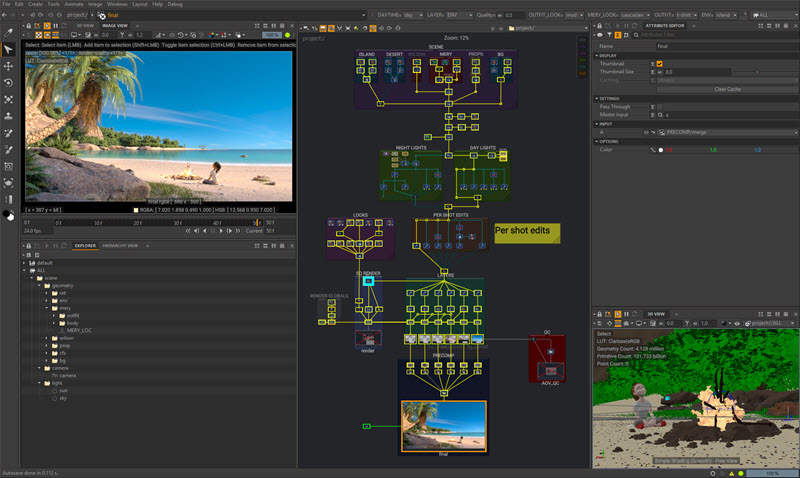
Drawings to animation with Wonder Painter
It wasn’t so much released at SIGGRAPH, but Wonder Painter certainly wowed the technical crowd during its part of the Real-Time Live! section of the conference. The app allows a user to draw something – or make something in clay, origami, or building, blocks – then take a photo of it before it ‘comes alive’ as an animation on screen. Watch the video for a better idea of how this fun app works.
Pinscreen pushes for photorealistic avatars, from a single selfie
There’s plenty of apps that let you make avatars of yourself – most tend to be a little cartoony. But Pinscreen is going for photoreal, and from only one selfie. At SIGGRAPH they were also part of Real-Time Live, and they demoed Pagan, a real-time photoreal avatar rendering engine based on deep learning, and VGPT, a real-time facial performance capture technology for mobile devices.
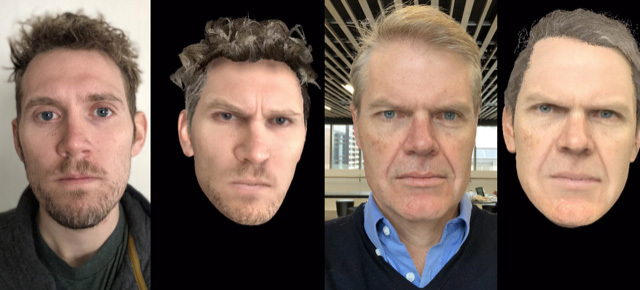
Sketchfab’s new way of looking at huge 3d datasets
Sketchfab is already an established platform to to publish and share 3d models on the web, while users have also used the platform for ar and vr content. At SIGGRAPH, the company showed off an alpha release of its new tool Massive, which will allow users to view very large datasets in Sketchfab’s embeddable 3d viewer. The example here comprises 80 million triangles and 40 million vertices.

.png)